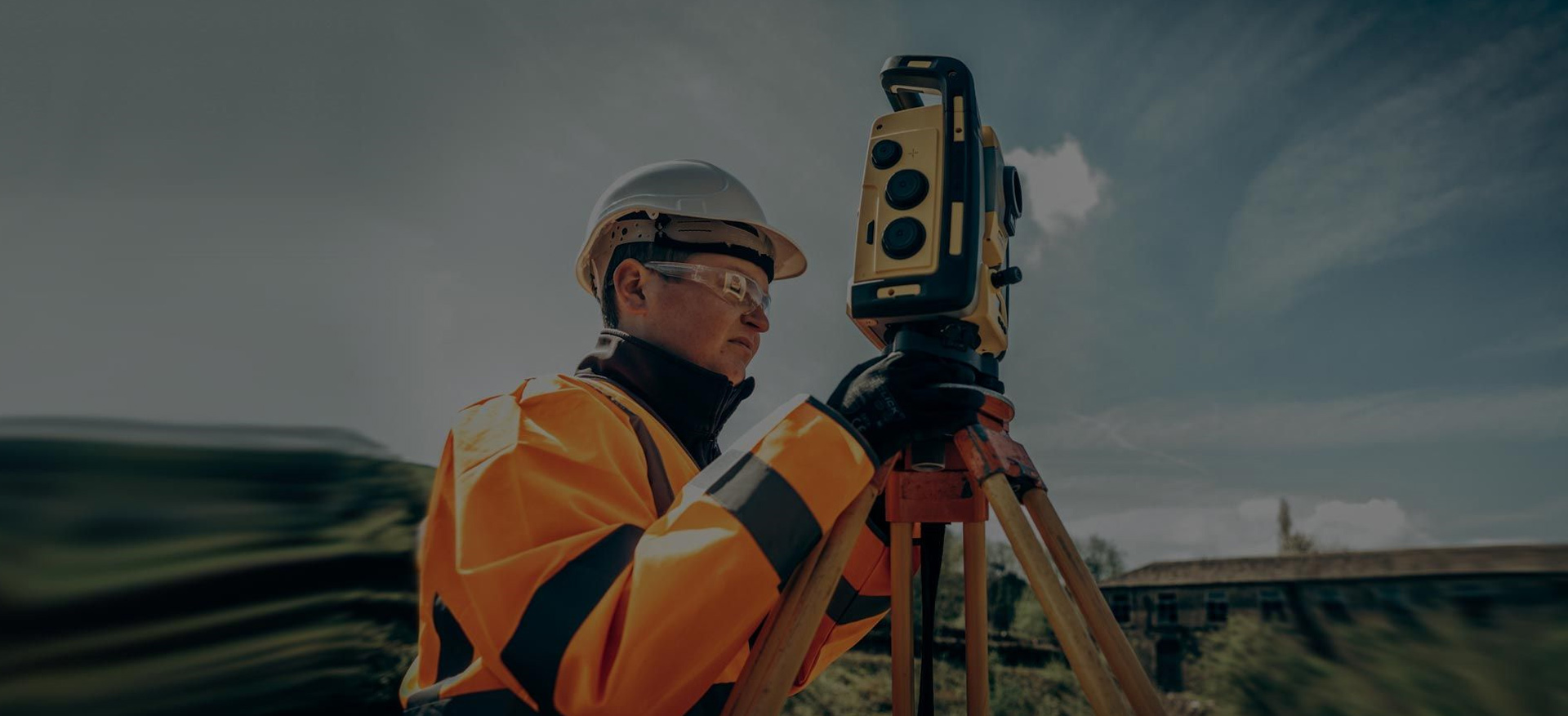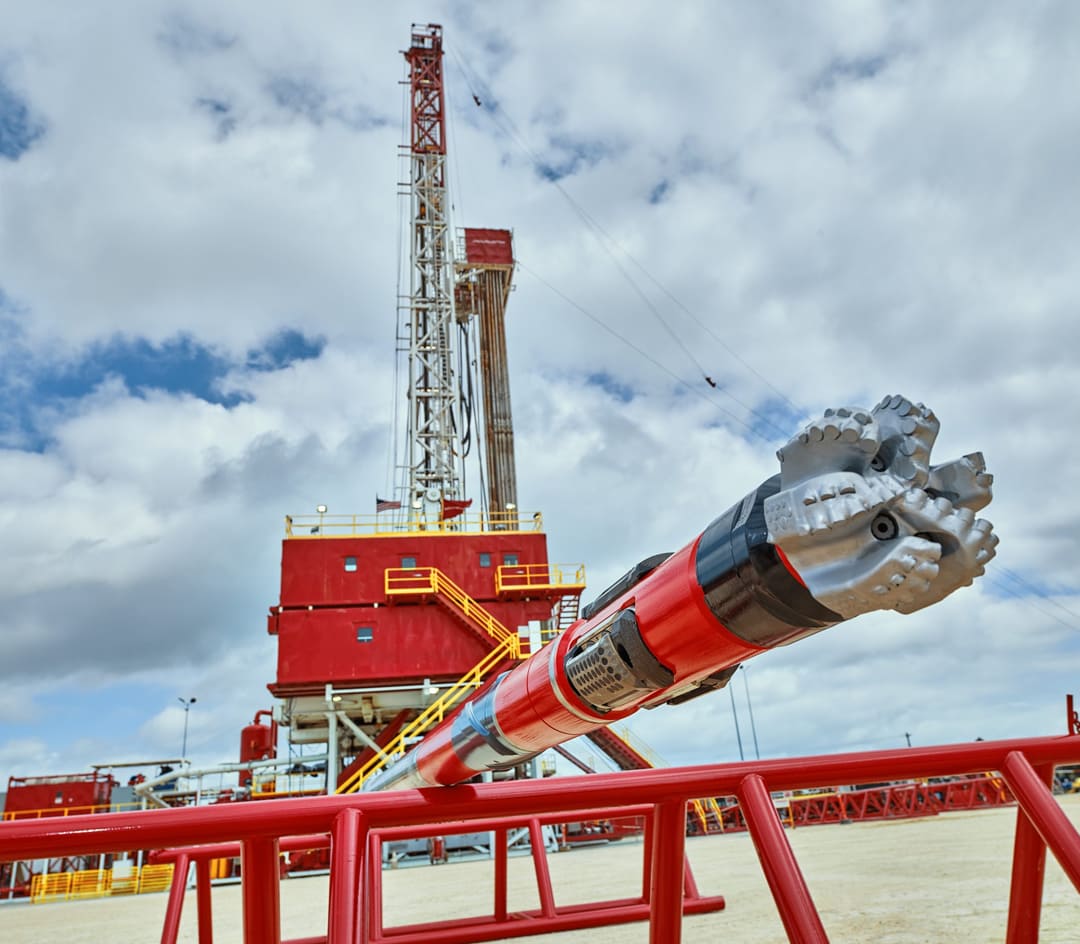

+965-22252490


Increasing the exposed section length through the reservoir by drilling through the reservoir at an angle

Drilling into the reservoir where vertical access is difficult or not possible. For instance an oilfield under a town, under a lake, or underneath a difficult-to-drill formation

Allowing more well heads to be grouped together on one surface location can allow fewer rig moves, less surface area disturbance, and make it easier and cheaper to complete and produce the wells. For instance, on an oil platform or jacket offshore, 40 or more wells can be grouped together. The wells will fan out from the platform into the reservoir below.This concept is being applied to land wells, allowing multiple subsurface locations to be reached from one pad, reducing costs.

Drilling along the underside of a reservoir-constraining fault allows multiple productive sands to be completed at the highest stratigraphic points.

Drilling a relief to relieve the pressure of a well producing without restraint. In this scenario, another well could be drilled starting at a safe distance away from the blowout, but intersecting the troubled wellbore. Then, heavy fluid is pumped into the relief wellbore to suppress the high pressure in the original wellbore causing the blowout.